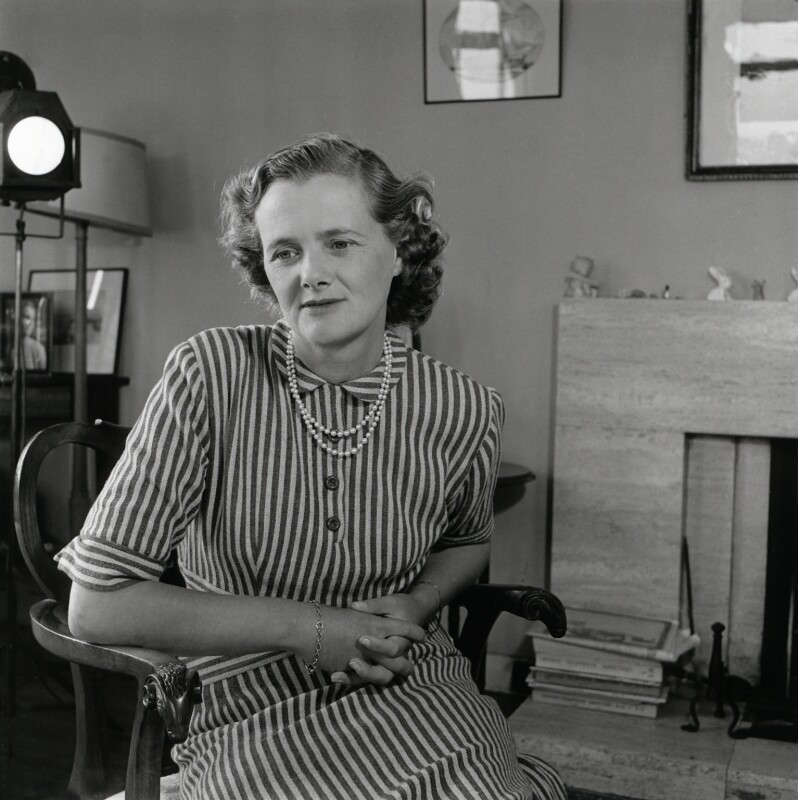


In transposing the action to the tamer shores of northern California (no wonder Du Maurier was miffed), the film loses some of the elemental potency of the tale. Environment is everything in Du Maurier's fiction, from the sinister alleyways of Venice in Don't Look Now, to the wilderness of her beloved Cornwall, where, like nearly all her most famous work, The Birds is set. Deeply unsettling as these films are (a line of birds on a climbing frame, or a glimpse of a little girl's red coat), the stories can be equally chilling on the page – if not more so.ĭu Maurier's are not supernatural tales (she doesn't do real ghosts, so to speak) what could be more unnerving than nature behaving unnaturally? Not in the form of apocalyptic diseases, or storms and floods, but wreaking havoc through something as everyday and unthreatening as hedgerow birds. (Du Maurier hated the former, apparently, disapproving of the many liberties Hitchcock took, but gave her blessing to Roeg's more faithful version of her later story). Bearing out the perceived wisdom that short stories – in particular, scary stories – make the best films, these short masterpieces are better-known today as the movies they inspired: Hitchcock's infamous 1963 avian thriller and Nicholas Roeg's darkly erotic 1973 Don't Look Now. Despite her reputation as a "romantic novelist", a label the author herself always chafed against, Daphne du Maurier wrote two of the most menacing tales of 20th-century fiction – The Birds and Don't Look Now.


 0 kommentar(er)
0 kommentar(er)
